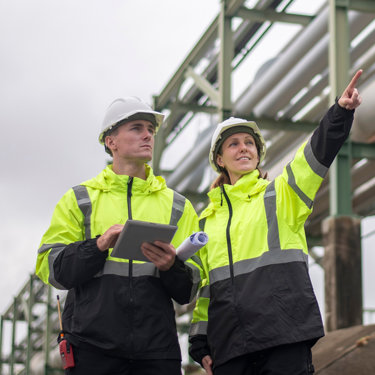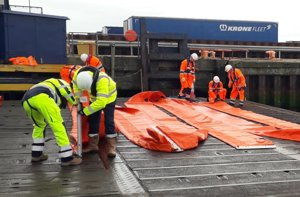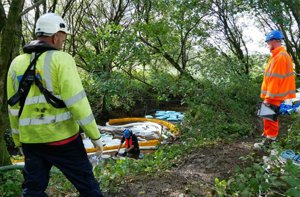
24/7 environmental incident response
Ready to discuss your project?
Please leave your details and a member of our team will reach out to discuss your requirements in more detail and arrange next steps.
We respond quickly in the event of an environmental incident, to reduce the impact on the environment and your operations with turn-key solutions from identification to waste disposal.
Every minute counts!
When an environmental incident occurs, it is overwhelming as it isn’t part of your day job. But it is ours. Let us take control of the situation.
Communication and speed are critical in the golden hour following an environmental incident. That’s why our nationwide network of response depots has experts available 24/7-365 to get to your site quickly, and qualified chemists can provide advice over the phone while we are en-route. On scene, trained incident responders will communicate with emergency services and take control of any situation.
When the emergency phase is over our expert consultants can remediate your site back to, or better than it was previously.
Benefits
- Speed – Our nationwide network means we can get to your site and respond faster to limit the impact of the incident.
- Interoperability - We’re used to working with the emergency services as we have been trained by them and use their language.
- Award-winning – UK and Ireland Spill Association best inland and marine responders 2022.
- Tailored approach - We bring relevant experts in the volume required as we know every incident is unique.
- Honed skills - We have perfected our approach over 20 years to pull in the resources at the exact time they are required.
Added value
Types of incident we respond to
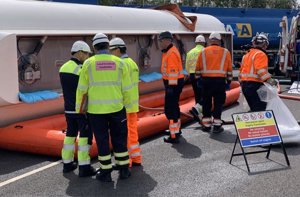
Oil and fuel
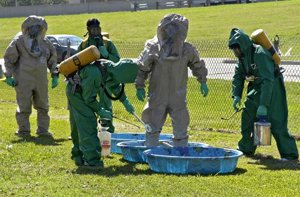
Chemical
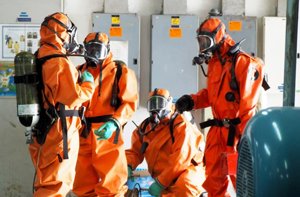
Biological
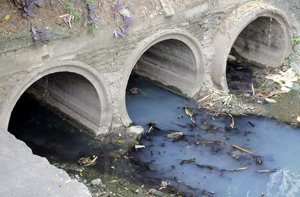
Sewage
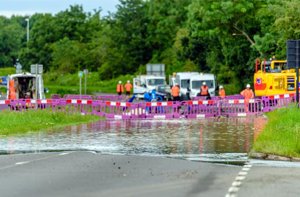
Floodwater

Firewater
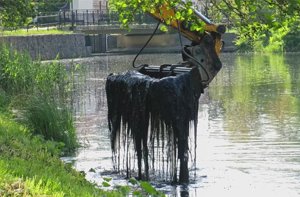
Other pollutants
In any of these locations
Inland terrestrial
- Above ground
- Below ground
Marine
- Lakes
- Rivers
- Streams
- Ports
- Harbours
- Coastal
- Onboard vessels
Environmental incident response process
All environmental incidents follow the same process and are underpinned by speed of reaction coupled with clear, authoritative communication.
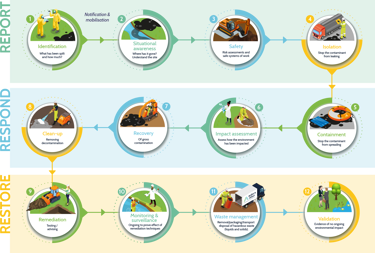
- Identification – what has been spilt and how much (notification and mobilisation)
- Situational awareness – where has it gone? Understand the site.
- Safety – establish safe access / egress / risk assessments and safe systems of work.
- Isolation – stop the contaminant from leaking.
- Containment – stop the contaminant from spreading.
- Impact assessment – Assess how the environment has been impacted.
- Recovery – of gross contamination.
- Clean-up – decontamination.
- Remediation – testing / understanding / advising.
- Monitoring and surveillance – ongoing to prove effect of remediation techniques.
- Waste management - removal/packaging/transport/disposal of hazardous waste (liquids and solids).
- Validation – Evidence of no ongoing environmental impact.
“It was really comforting to see how well the incident was managed, they took control of the site, took control of what the remediation process should be and the people we were dealing with were absolutely fantastic.”
Marc Binney, DB Cargo
You might also be interested in...
Environmental compliance today, creating a sustainable tomorrow
Helping you reduce risk to the environment and your operation by managing assets compliantly while achieving commercial, ESG, and net-zero goals.
Contact our experts